10 Tips for Starting a Fruit Orchard in Your Backyard
Creating a fruit orchard in your backyard is a fun and fulfilling way to enjoy fresh, homegrown produce. The key is to start with careful planning and choose the best fruit varieties for your location. Make sure your trees have plenty of space to grow and thrive over the years. Watering, pruning, and maintaining your orchard will ensure healthy, productive trees. Begin with small steps, and watch your backyard turn into a fruitful paradise.
This post may contain affiliate links, which helps keep this content free. Please read our disclosure for more info.
Choose the Right Location
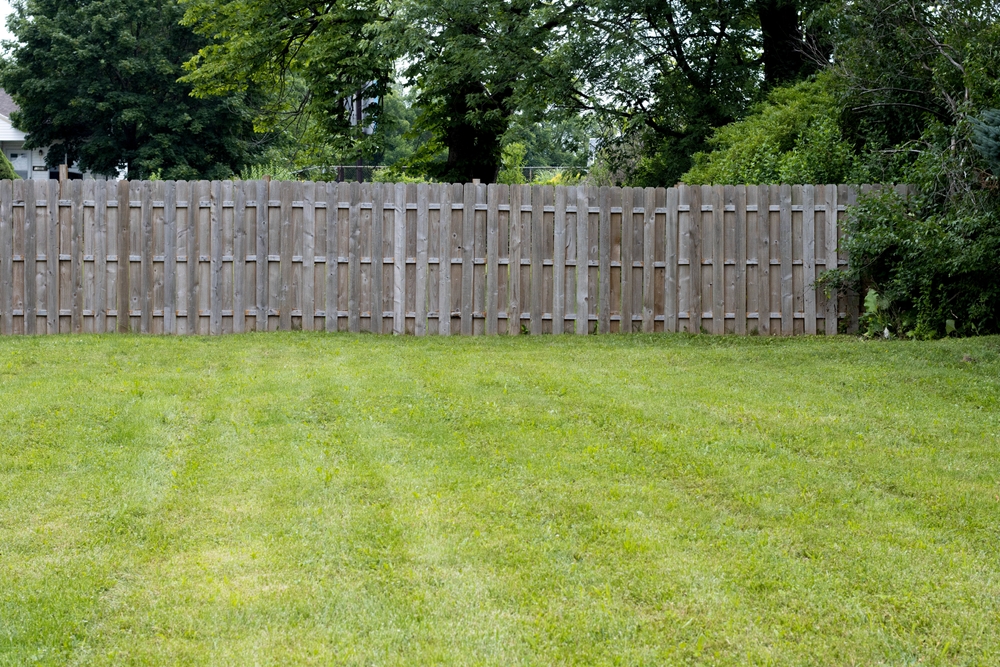
Selecting the right spot for your orchard is key to its success. Pick a place with plenty of sunlight, as most fruit trees require at least six to eight hours of direct sunlight each day. The area should also have good drainage to prevent water from collecting around the roots. Avoid low-lying areas where frost could damage your trees during colder months.
Make sure the location is also far enough away from large trees or structures that may block sunlight. Keep in mind that fruit trees need space to grow, so choose an area with room for each tree to spread out. This will help them thrive and produce healthy fruit. Proper spacing is essential for long-term orchard health.
Test and Improve Your Soil
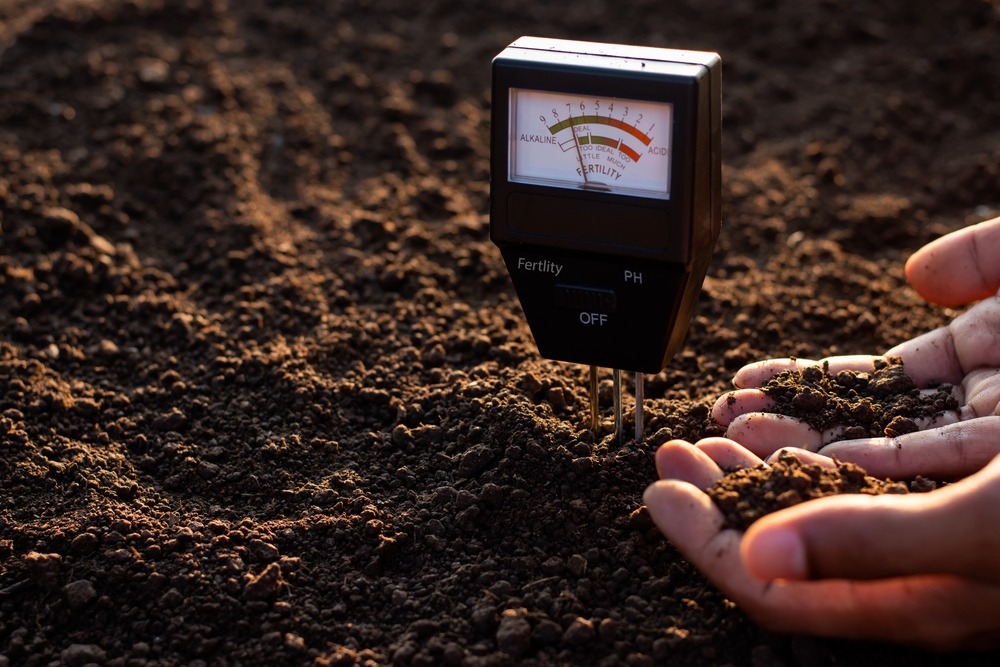
Before planting, test your soil to determine its pH level and nutrient content. Most fruit trees prefer slightly acidic to neutral soil (pH 6-7). If your soil is too acidic or alkaline, amend it with the appropriate materials to create a balanced environment. Consider adding organic matter like compost to improve soil structure and provide essential nutrients.
Healthy soil is critical to the growth of your fruit trees. Well-drained soil helps prevent root rot and supports strong root development. Adding mulch around the base of your trees will also help retain moisture and regulate soil temperature. Regular soil testing will help you maintain ideal growing conditions over time.
Choose the Right Fruit Trees

When selecting fruit trees, consider your local climate and growing conditions. Choose varieties that are well-suited to your region to ensure the best chances of success. Apples, peaches, and pears are common choices, but check what grows best in your area. Some trees may need a pollinator, so make sure you plant varieties that can cross-pollinate if needed.
Do some research on the varieties that are known for thriving in your area. Consider the fruit’s ripening season and storage requirements before making your decision. Additionally, select trees that match your available space, as some trees grow larger than others. This will help ensure that your orchard remains manageable and productive.
Space Your Trees Properly
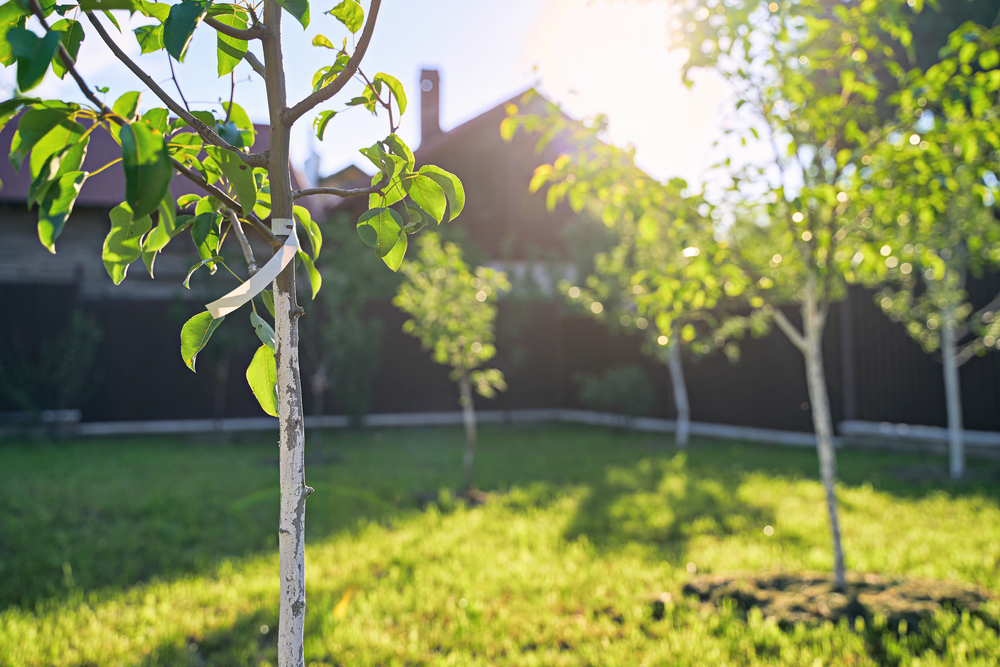
Proper spacing between trees is essential for their growth. When planting, leave enough room for each tree to grow without crowding the others. Typically, trees should be spaced 12 to 20 feet apart, depending on the variety. This gives the trees ample space to spread their roots and access nutrients without competition.
Overcrowding can lead to poor air circulation and increase the risk of diseases. It may also prevent your trees from receiving enough sunlight, which can stunt their growth and fruit production. Consider how large each tree will become when fully grown and plan accordingly. Proper spacing will help your orchard thrive for years.
Water Regularly
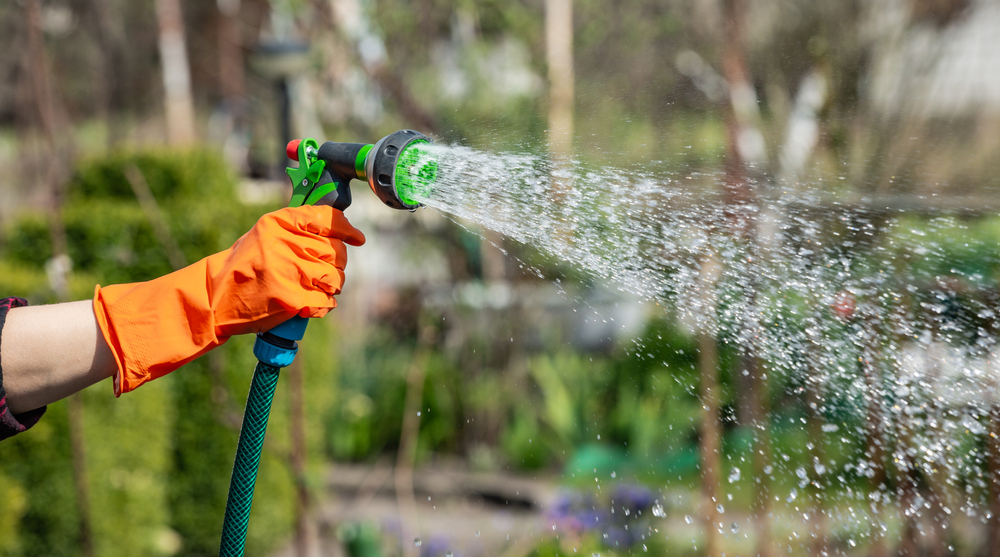
Fruit trees need a consistent water supply to grow strong and healthy. Deep watering is better than frequent, shallow watering, as it encourages the roots to grow deep into the soil. Water your trees at the base, avoiding wetting the foliage, to reduce the risk of fungal diseases. Water early in the morning to allow the soil to dry out during the day.
During dry spells, you may need to water more frequently, especially for newly planted trees. Avoid over-watering, as it can lead to root rot and other issues. Check the soil moisture regularly to ensure your trees receive just the right amount of water. Consistent watering will help produce healthy, vibrant fruit.
Prune and Trim Regularly
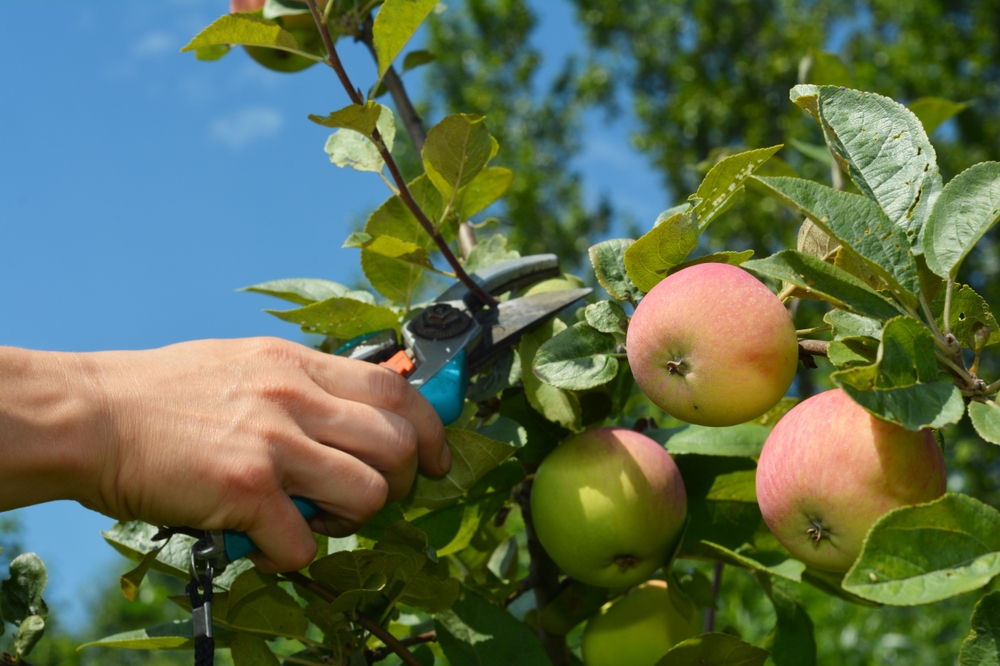
Pruning your fruit trees is essential for maintaining their health and shape. Remove any dead, damaged, or diseased branches to prevent the spread of disease. Prune during the dormant season (late winter or early spring) to encourage strong growth and improve airflow. This will also help increase sunlight exposure to all parts of the tree.
Regular pruning can help manage the size of the tree and make harvesting easier. Focus on shaping the tree to encourage a strong central leader or framework. Thin out crowded branches to allow space for new growth. Pruning also reduces the risk of diseases, as it improves air circulation within the tree canopy.
Fertilize Properly
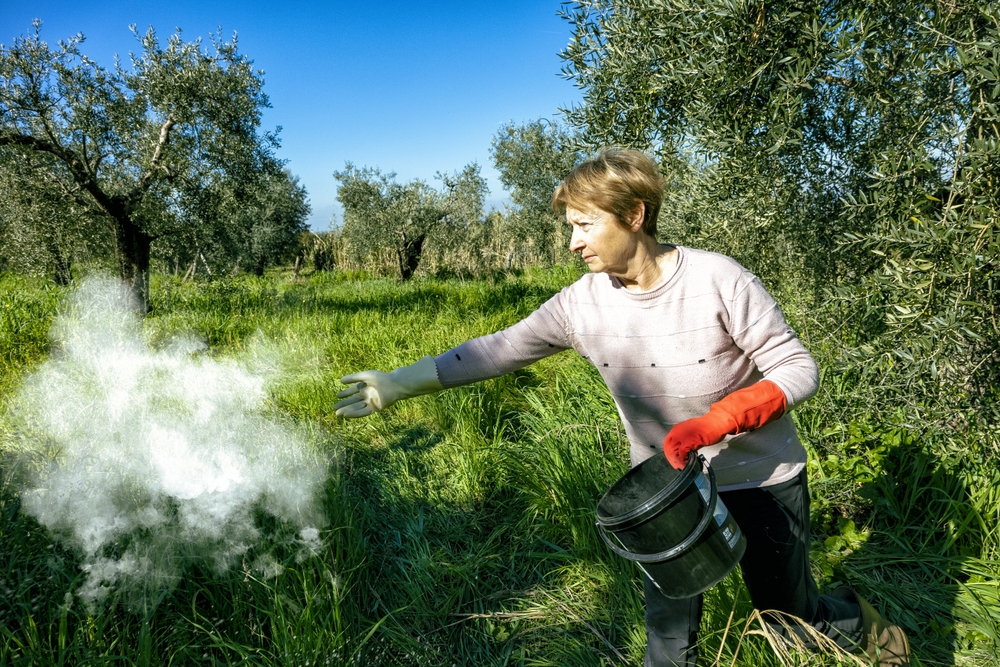
Fertilizing your fruit trees is essential to ensure they receive the nutrients they need to thrive. Use a balanced fertilizer that provides nitrogen, phosphorus, and potassium, as well as trace minerals. Apply fertilizer in early spring before new growth begins and again in late summer to support fruit development. Be careful not to over-fertilize, as this can lead to excessive growth and fewer fruits.
As trees mature, adjust the amount of fertilizer based on their growth stage and nutrient needs. Organic fertilizers, such as compost or well-rotted manure, are also excellent choices for promoting healthy growth. Always follow the manufacturer’s instructions for application rates to avoid harming your trees. Fertilizing regularly will keep your orchard productive and healthy.
Protect from Pests and Diseases
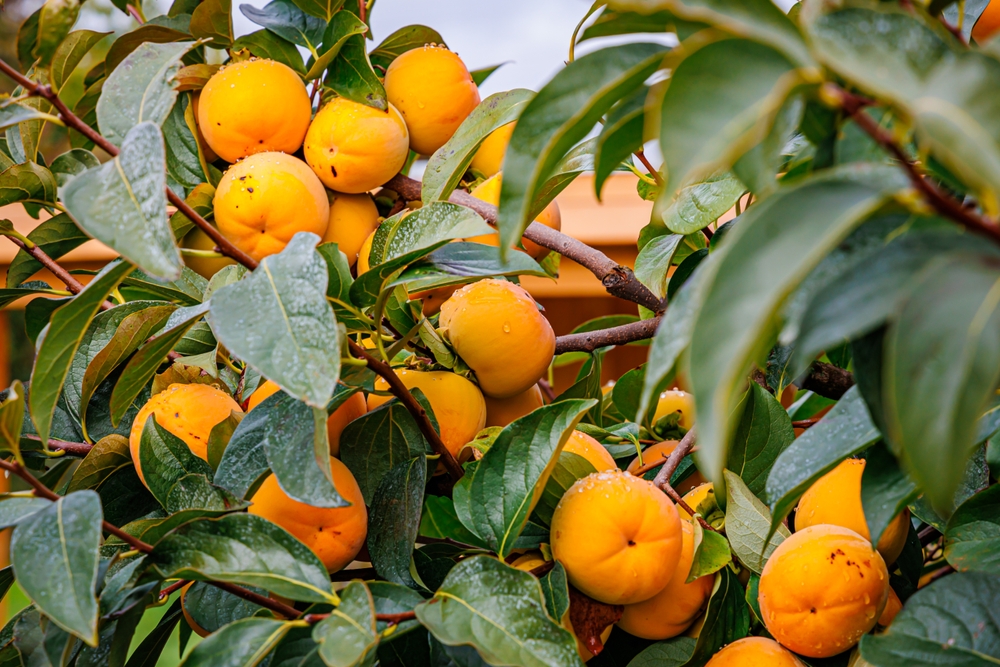
Pests and diseases can damage or kill fruit trees, so it is important to keep an eye out for early signs of trouble. Use natural pest control methods, like encouraging beneficial insects or using organic pesticides when necessary. Regularly inspect your trees for signs of infestation, such as yellowing leaves or holes in the fruit.
To minimize the risk of diseases, ensure proper spacing and air circulation between trees. Mulching around the base of the trees can help prevent weeds and keep pests at bay. Early detection is key to preventing damage, so monitor your orchard frequently. Keeping trees healthy and pest-free is essential for a successful fruit orchard.
Mulch Around Trees
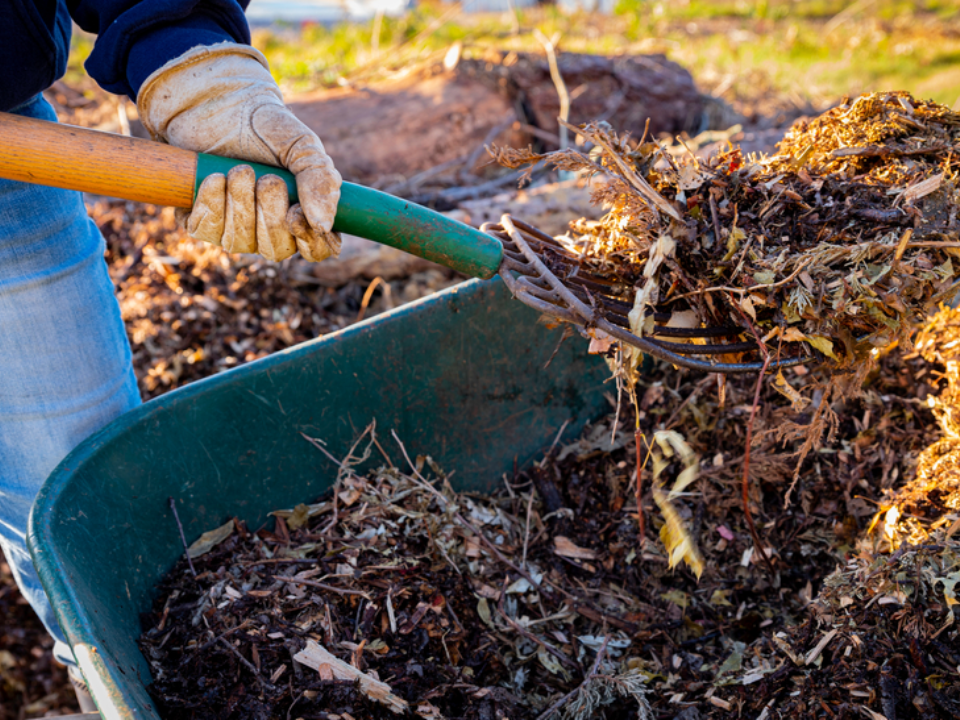
Mulching around your fruit trees helps retain moisture, suppress weeds, and regulate soil temperature. Apply a 2 to 4-inch layer of organic mulch, such as wood chips, bark, or straw, around the base of your trees. Make sure the mulch is not piled up directly against the trunk to prevent rot. Mulching also adds nutrients to the soil as it breaks down over time.
Mulch is especially beneficial during hot, dry periods when water retention is important. It can reduce the frequency of watering and protect roots from temperature fluctuations. Additionally, mulch helps create a more stable growing environment for your trees. It is an easy and effective way to maintain healthy soil conditions.
Be Patient and Consistent
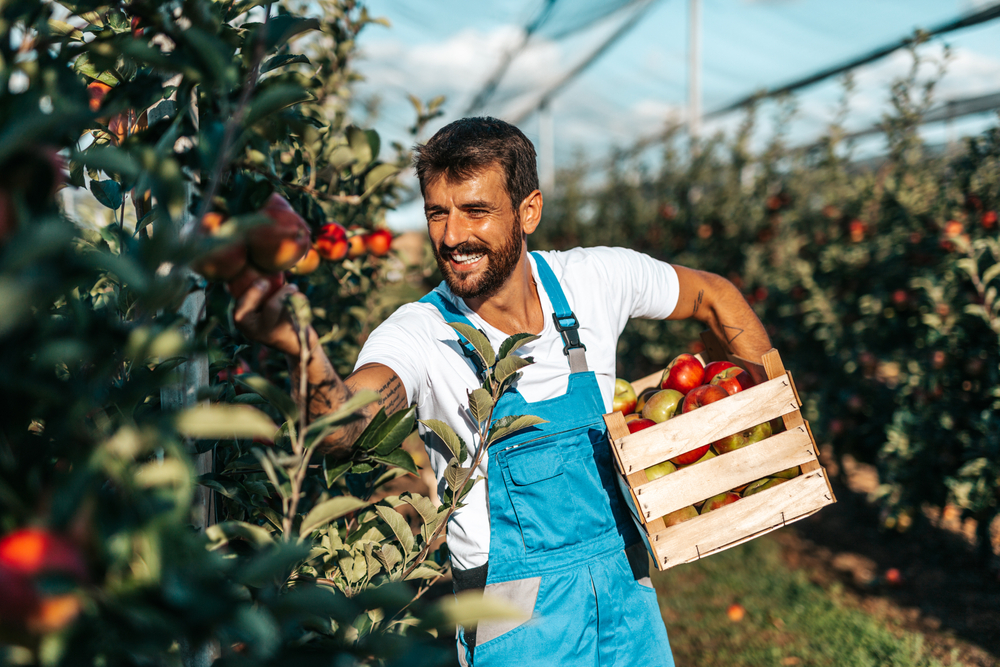
Starting a fruit orchard requires patience, as trees take time to mature and produce fruit. It may take a few years before your trees bear their first crop, so enjoy the process of watching them grow. Consistently care for your trees by watering, fertilizing, and pruning regularly to ensure a healthy orchard. With time, your efforts will be rewarded with a bountiful harvest.
Remember that fruit trees are long-term investments, and the care you provide now will pay off later. Stay consistent with your maintenance and adjustments based on the needs of your trees. Over time, your orchard will grow into a beautiful, productive part of your backyard. Keep nurturing your trees, and they will continue to provide fresh fruit for years to come.
Creating a fruit orchard in your backyard offers numerous benefits, from fresh fruit to a beautiful garden space. Consistent care and attention will help your trees thrive and yield bountiful harvests. Though it requires time and patience, the results will make all the hard work worth it. Start your orchard journey today and enjoy the satisfaction of growing your own food.
This article originally appeared on Avocadu.
